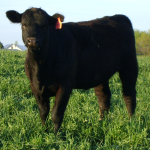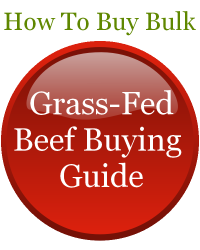Why Is Grass-Fed Beef More Expensive?

This is probably the most asked question about grass-fed (and grass-finished) beef. A key to answering this question is understanding the ultra confusion about the grass-fed claims. For more info on that see this page. To answer the question directly, here is the most concise answer I can provide:
- First, grass finishing takes about 30% longer than grain finishing. The old “time is money” adage.
- Second, grain finishing is heavily subsidized by direct government funding, government policy & regulation, and YOU as a taxpayer. Didn’t know you were subsidizing cheap food? Think about and follow this for a moment.
Grains (think corn and soybeans) are the largest component of feedlot costs. Grain producers can apply for and receive direct government payments to produce grains each year. They can also purchase government subsidized insurance for crop failures. The procedures are complex and convoluted, but virtually all grain farmers receive a government paycheck every year.
Thus the true cost of grain production doesn’t show up in the marketplace. The feedlot operator can buy this artificially cheap grain, put it through cattle, and then price the cattle below the “true” cost of production.
Grass farmers generally do not have this advantage. There are some conservation funds available from government to help grass farmers on long term projects such as fencing and re-seeding, but the level of funding for such pales in comparison to the grain subsidies. The real question becomes “Should government subsidize the real cost of food?”
Here at Brady’s Beef, we do not take any government grants, loans, or direct payments. This has been our policy for many years. I have not even mentioned the extreme hidden costs associated with the enviromental degradation caused by the feedlot model of beef finishing that are covered up and subsidized by government policy and payments.
In the production of grass fed and finished beef, we spend alot of time and money focusing on preserving and maintaining the environment through maintaining living soil cover, rotating crops, rotating cattle, maintaining clean streams, retaining rainwater, and sequestering carbon. These good stewardship practices simply take more time, effort, and money than a feedlot model. I don’t want to bore you, so I have not even gone into the processing and transportation cost differences.

